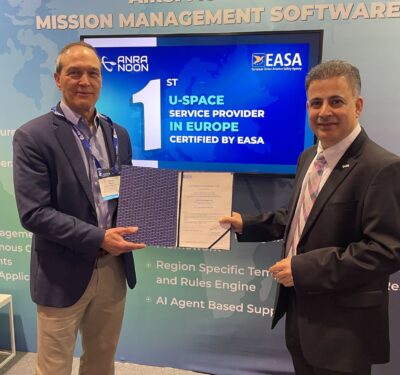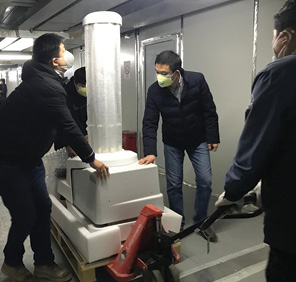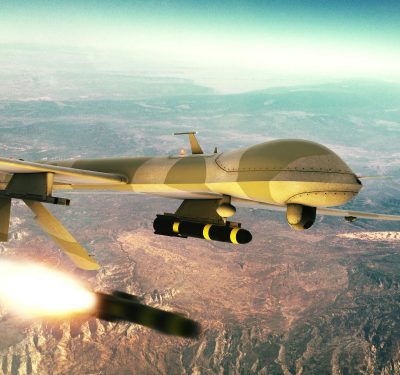As the UAV industry continues to evolve, there’s a growing need for reliable, high accuracy GNSS receiver technology. These unmanned systems must be guided accurately to gather the necessary data for each mission, and to safely avoid collisions. Remote pilots must be aware of the UAV’s positions at all times, making GNSS receivers a critical navigation system component.
Septentrio’s advanced GPS or better GNSS systems help make critical missions that require this high degree of accuracy possible, according to a news release, through multi-frequency and multi constellation receivers that use advanced positioning algorithms.
Septentrio’s GNSS receiver product line includes:
AsteRx-m. A low-power, small GPS/GLONASS high precision receiver, the AsteRx-m is designed for georeferencing operation data gathered by optical and other UAV payloads. This 8x70x48mm 47 g RTK receiver uses less than 0.5 watts of power.
It’s also well suited for UAVs that need to land on moving platforms, for formation flying and other applications that require accurate relative positioning. Relative RTK positioning allows the AsteRx-m to achieve cm-precise relative positions between two moving receivers.
AsteRx2eH. It can be difficult to achieve accurate position and heading on a hovering UAV. Inertial sensors drift, and don’t work well when there is little or no movement. To address this problem, the Aste-Rx2eH receiver was designed to offer accurate, stable heading and attitude for high-precision UAV hovering, survey or other applications using airborne cameras.
AsteRx2eL. This dual frequency GPS/GLONASS is well suited for UAVs that perform missions over the ocean or in sparsely populated areas with no fixed infrastructure for corrections, or to complement RTK when corrections are interriment. It receives TERRASTAR corrections transimmted through satellites, enabling 10 cm-level position calculations from anywhere L-band satellites are visible.
AsteRX2i. Designed to increase position integrity in difficult situations, this GNSS/inertial receiver reduces position noise and jitter, as well as provides attidute information. It integrates Xsens MTi Micro-Electro-Mechanical System sensor and offers a lightweight, compact solution with position accuracy in the sub-m to cm range and attitude accuracies -1 degree.
For more details visit septentrio.com.






